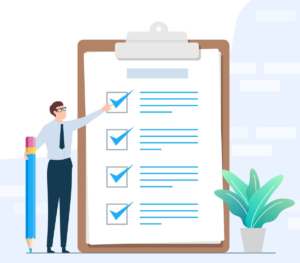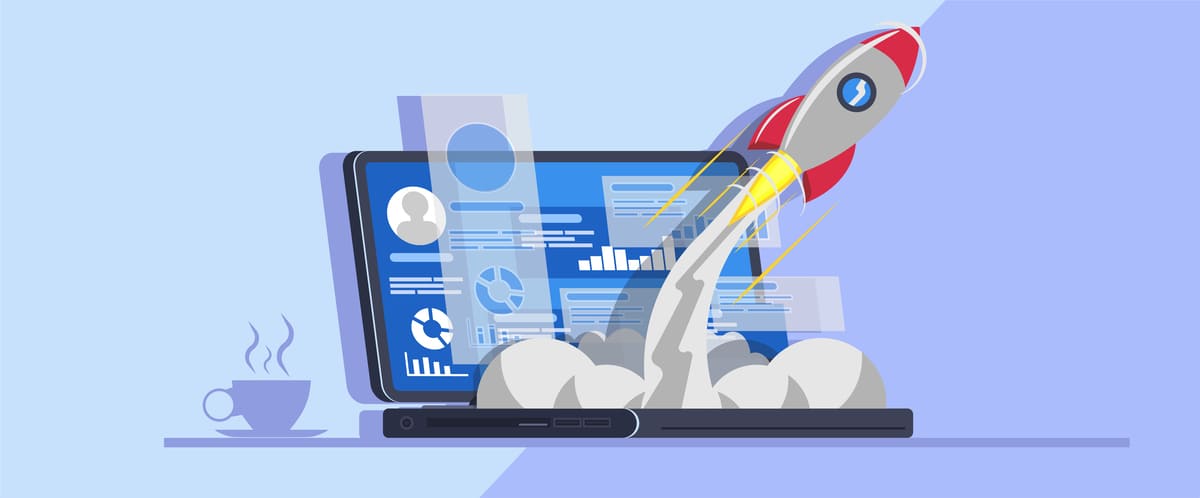
Successful WordPress Website Checklist

Create a Coming Soon Page

Successful WordPress Website Should Be Accessible
- Easy to scan.
- The content and different content blocks should be presented with a clear hierarchy.
- Make sure people won’t face any obstacles while browsing your data.
- The texts should be large enough to read.
Make It Fully Adaptive
Before you bring your WordPress website online, make sure that its pages and content scales up and down to all popular screen sizes.

Your Website Runs Smoothly in All Web Browsers

Take Care of Regular Backups
Solution to your WordPress website. WordPress doesn’t include built-in backups. So, you will need to find the respective functionality on your own.
In the WordPress community, you may find many free and paid website backup options. Most of them are set up in a matter of minutes. Our personal favorite is Backup Buddy. With its help, you will get more than just regular backups of your website. The plugin
also protects your files from malware and hacks. It backs up your entire WordPress installation, including all files and settings that your website features.

Update WordPress Theme and Plugins

Keep WP Admin Area Secured
Your WordPress website may be a big target for hackers, so you need to pay more attention to its protection again attacks of any kind. In addition to working with regularly updated WordPress themes and plugins, it’s important to add reliable WordPress security plugins to your online project as well. There are many pieces of software aimed to protect your site from fraud. One of the true industry leaders is Sucuri Firewall. It offers you many security features and real-time alerts.

Make Sure All Contact Forms Are Up & Running

Set Up eCommerce Features Properly
The easiest way to check the eCommerce features of your website is to place an order by yourself. If you sell digital products, check how well they are sent to a customer after an order is placed. A modern user is always in a hurry, especially when it comes to online shopping. A minor delay may result in a whopping 80% shopping cart abandonment rate.

Collect Leads with a Working 404 Page



